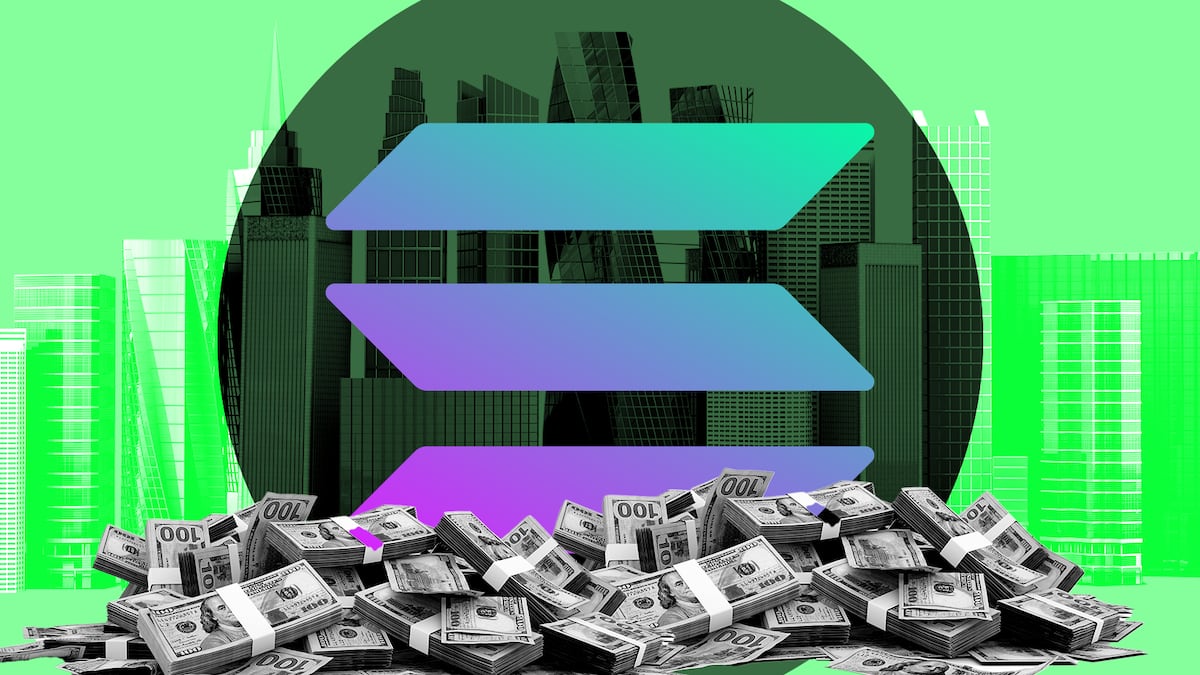- Solana makes more in app fees than any other blockchain.
- The influx is largely driven by memecoins.
- Solana is now aiming to broaden its business beyond joke coins.
Solana secured over $18 million in app fees over the past 24 hours, making it the biggest app fee earner of all blockchains.
That’s according to new data from DeFi analytics platform DefiLlama — and DL News’ sister company — which has introduced a new feature to track how much users are paying in fees across DeFi protocols in a given blockchain.
“This is likely to become an essential part of any onchain analyst’s toolkit,” said Patrick Scott, head of growth at DefiLlama.
The data highlights how Solana’s sprawling network has become a cornerstone in the DeFi industry. It also shows how different blockchains are being used.
Binance Smart Chain ranked second with over $10 million in daily app fees over the past 24 hours. Almost all of the fees generated came from PancakeSwap, which has experienced increased volumes recently due to an influx of memecoin traders on the blockchain.
Ethereum ranked third, having secured $8 million in app fee generation. This is due to its wide variety of DeFi protocols. The blockchain hit a high of about $25 million on January 23.
While Uniswap remains one of the leaders in fee generation, protocols such as Lido, Aave, Sky, and others have all contributed to Ethereum’s growth and success.
Solana’s memecoin dependency
The data also highlighted the important role memecoins have played in Solana’s recent success.
Its daily app fee generation is driven largely by the rise of memecoins and the launchpad, Pump.fun. On January 20, daily app fees hit an all-time high of almost $150 million, coming off of the launch of Official Trump on January 17. That’s 10 times as much as apps generated in fees on Wednesday.
The drop highlights how joke coins lost their mojo not long after they peaked in January due to a combination of scandals and controversies.
A smattering of recent moves suggests Solana is now moving beyond memecoins and degens, attempting to broaden its appeal on Wall Street.
App fee tracking
DefiLlama argues that tracking app fees can provide insights by showing both the activity of a chain or protocol while showing the dollar value of that usage. Other metrics face various issues.
The amount of active users and transactions show activity, but they are easily faked and give no information about the dollar value of these transactions, said Scott.
Total value deposited, or TVL, shows the dollar value of usage, but does not show the activity, he argued. Thus, this metric cannot differentiate between active and inactive usage. Also, total value deposited can be correlated with a token price, which can be misleading at times.
The volume on decentralised exchanges takes into account both activity and its dollar value, but wash trading is common and can heavily impact this metric.
Meanwhile with app fees, it is significantly more difficult to fake without spending massive funds.
Zachary Rampone is a DeFi correspondent at DL News. Have a tip? Contact him at zrampone@dlnews.com


